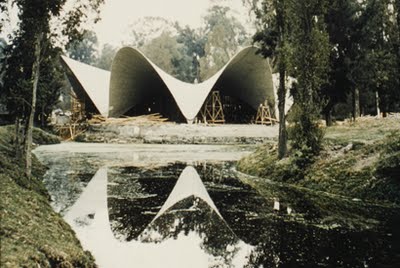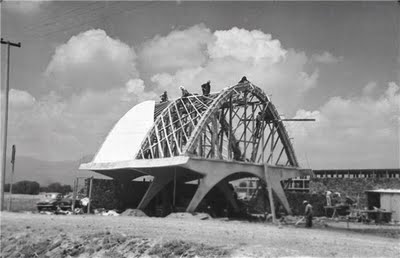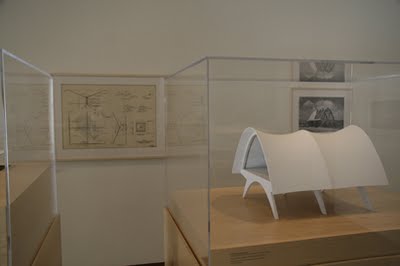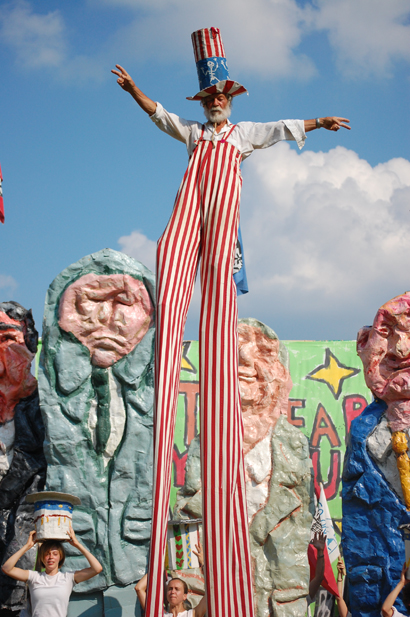
The collapse of the economy, which revealed the crackpot scams of the financial industry, followed by massive government bailouts of the folks whose bad behavior wreaked so much havoc has inspired this year’s
Bread and Puppet Theater “Dirt Cheap Money Circus.” The subject is right in the theater’s wheelhouse and results in one of its sharpest, funniest and most cohesive circuses of this decade. The central character is Karl Marx as a kind of cultural conscience, spouting gnomic observations (from Marx’s “Economic and Philosophic Manuscripts of 1844”) that are basically truisms about capitalism.
At 4:30 p.m. tomorrow, Sept. 7, at the
Bread and Roses Festival on the Lawrence common, the company performs a condensed version of the circus, which it performed outdoors at its Glover, Vermont, headquarters each Sunday in July and August. Bread and Puppet will also perform “little street shows” around the common throughout the day.
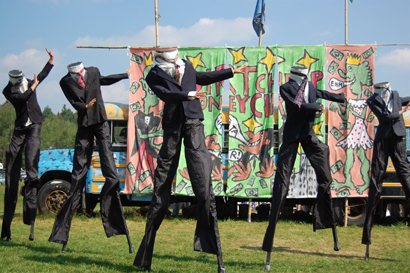
Some of the acts (with spoilers) from this summer:
- A giant head runs in and out, followed by a dance of headless stilters in suits. “Don’t lose your head if the Dow’s in a ditch,” an announcer shouts. “Good old Uncle Sam will keep the headless rich!”
- A slapstick skit about the dangers of the Vermont Yankee nuclear power plant.

- An overly long performance of the song “Old MacDonald Had a Farm” that concludes with something about bombs “in order to keep McDonald’s farms safe from Iran,” which seems, ahem, somewhat untethered from the real world.
- A bearded (actually a mop) fellow pops out of a coffin to announce: “My name is Karl, as in Marx. And when I was young I was thinking of us and our relationship to money. And I wrote this definition: money is the visible deity.”
- Superheroes save a baby from the dragons of “climate change,” “peak oil” and total disaster” with the power of community action.
- The relationship between a sick woman and a doctor gets interrupted by a fellow who runs in to ask, “Do you want a bureaucrat between you and your doctor? Why not let the free market decide.” A whole gaggle of health insurance types march between the patient and doctor. Someone shouts, “Congress, can you do something?” Which leads to a silly can-can dance with lyrics “yes, we can, can, can.” But suits – big business? – get in the way and the patient collapses.
- Marx rides in on bicycles with Groucho and Harpo Marx to announce: “Money is the universal confusion of things.” Groucho says, “For a lady with a beard, she makes a lot of sense.”
- A pair of clownish scoundrels knock the top off a mountain to mine its coal, get stopped as they try to make their getaway by giant fists.

- Two guards come out holding Marx in prison garb. “Money changes stupidity into intelligence and intelligence into stupidity,” he declares. Ben Franklin (a masked performer) rides out on the back of a turkey followed by a gaggle of turkeys. He says, “I’m here to tell you Karl Marx that you are wrong.” Which prompts a man in drag to emerge from under a turkey costume to sing, “If you happen to be rich and the up and down of the market makes you frown … If you just put out your hand to Uncle Sam with a smile, you’ll find he’s kissing your behind. Money makes the world go round … Money makes a beautiful sound.” At the song’s finale Franklin pulls out carving knives and chases off the turkeys. Marx responds, “Money is the highest good and so its possessor is good,” then gets dragged out by the guards.
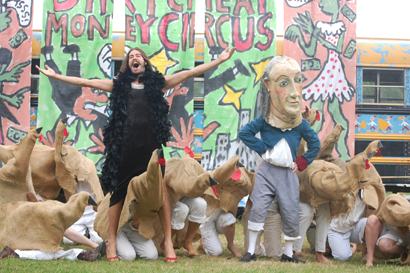
- A man knocks on door with a sign “Office of Bernie Madoff. Want a quick buck? Knock here.” Children pour out and dash around with money. He chases them unsuccessfully. They run back behind the door, which shuts, and he’s knocked silly when he crashes into it. A stilter enters saying, “I’m the anarchist fairy of revolutionary intervention.” The fairy waves her wand, and the sign changes to “Office of Karl Marx. Free advice. Knock here.” The fairy cajoles the reluctant man to knock. A gang of little Karl Marxes shuffle out to announce, “All that is solid melts into air.” The fairy adds, “And man is at last forced to confront the real conditions of his life and the fortunes of their kind.” Suddenly the little Marxes turn on the fellow and chase him off stage.
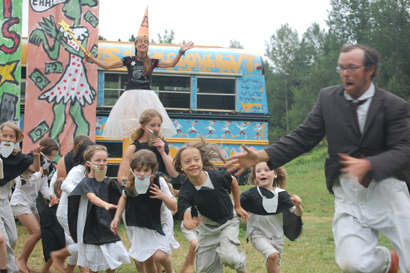
- Marx returns to the stage on crutches, and asks, “Do I not possess all human abilities through the power of money?” He throws the crutches away and cartwheels off the stage.
- A Mr. Everything-is-Fine skit in which the borsch-belt character lampoons the Obama administration: “I’m willing to admit that for the last eight years every thing wasn’t fine … but now everything is fine because we have transparency.”

- The circus ends with a crackerjack slapstick bit about “the great strongman of the world: the U.S. economy.” The fellow struggles to lift a barbell labeled “corporate welfare” and “military spending” and falls over. “The U.S. economy has collapsed” a panicked announcer hollers. A pair of happy aerobics instructors bounce in. “You’re looking a little weak economy.” “We’re going to get you back on track.” They run through an exercise routine, concluding with urging the audience to “spend, spend, spend.” The seemingly rejuvenated economy attempts to lift the barbell again, gets into trouble, and finally gets it lifted with help from the aerobics gals. But once they exit, he looses his strength, eyes hilariously bulging, legs sliding apart. So he dumps the barbell onto an infant (“future generations”) who crawls in.
Other upcoming Bread and Puppet performances across New England:Sept. 13, 7 p.m.: with Primate Fiasco at the Academy of Music in
Northampton.
Sept. 18, 7 p.m.: cabaret as a benefit for
South Amherst Conservation Association at the Amherst Regional High School.
Sept. 20, 1 p.m.: circus at Hampshire College
Amherst, on the lawn behind the Red Barn
Oct. 9 to 11: Honk! Festival in Somerville and Cambridge, Massachusetts.
Photos by The New England Journal of Aesthetic Research. Support our continuing research by ordering copies of these and others here.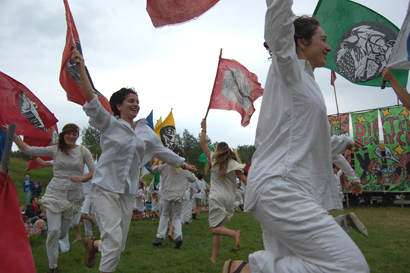
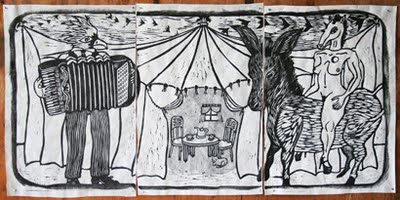


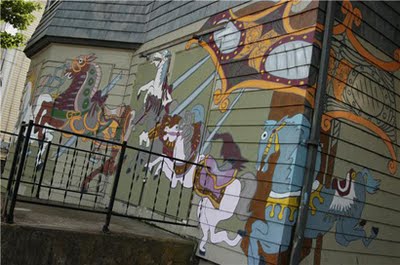
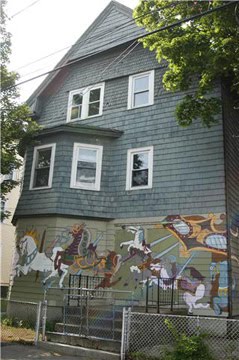
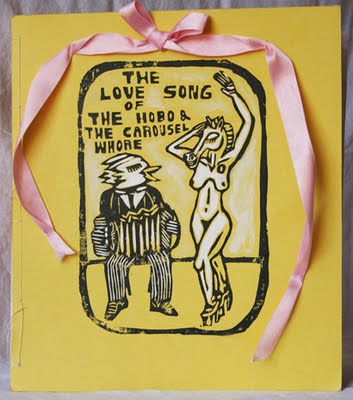


 Update Sept. 12: The "Iron Chef" competition has been postponed to Sept. 19 because of rain.
Update Sept. 12: The "Iron Chef" competition has been postponed to Sept. 19 because of rain.

